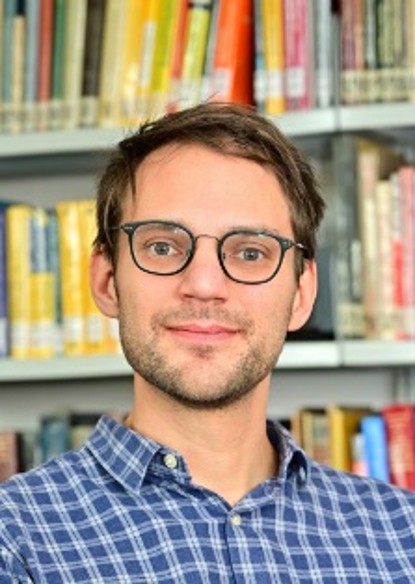CREATOR at GAMM (93rd Annual Meeting of the International Association of Applied Mathematics and Mechanics)
2023/07/20
Andreas Grendas. Multi-level Bézier extraction of truncated hierarchical B-splines for isogeometric analysis. GAMM conference. Dresden. May 30 – June 02, 2023.
Multivariate B-splines and Non-uniform rational B-splines (NURBS) lack adaptivity due to their tensor product structure. Truncated hierarchical B-splines (THB-splines) provide a solution by organizing the parameter space hierarchically. This enables efficient approximation and representation of functions with different levels of detail. THB-splines ensure the partition of unity property and define a scattered set of basis functions. Transferring the multi-level structure into Bézier elements representation facilitates straightforward incorporation into the existing finite element (FE) codes. By separating the multi-level extraction of the THB-splines from the standard Bézier extraction, a more general independent framework applicable to any sequence of nested spaces is created. Then, a direct map between Bézier elements and a hierarchical structure is obtained. This implementation uses an open-source Octave/MATLAB isogeometric analysis (IGA) code called GeoPDEs. A basic Poisson problem was presented to investigate the performance of multi-level Bézier extraction compared to a standard THB-spline approach.
Arjun Balagopal Menon. Adaptive time stepping for generalized Convolution Quadrature. GAMM conference. Dresden. May 30 – June 02, 2023.
Understanding and mitigating noise generation is essential for improving the acoustic characteristics of electric machines. Integral formulations, such as the Boundary Element Method (BEM), are commonly employed in this context for modeling and simulating radiation boundary conditions across various sub-problems, including acoustic scenarios. In our current work, we focus on enhancing the Boundary Element method for acoustics using adaptive time domain formulations. By transforming the underlying partial differential equation onto the boundary as a space-time boundary integral equation, we can efficiently solve acoustic problems. However, accurately modeling temporal behavior requires careful consideration of the time step size. To address this, we introduce the generalized Convolution Quadrature (gCQ) method, allowing numerical evaluation of the convolution integral within the boundary integral equation.
Our research demonstrates that the gCQ method, enhanced with adaptive time stepping, can be applied to the 3D boundary element formulation. Through numerical experiments, we validate the effectiveness of our approach. The results demonstrate improved solution resolution, particularly in capturing steep changes and localized variations, enabling efficient and accurate BEM simulations of radiation phenomena.
